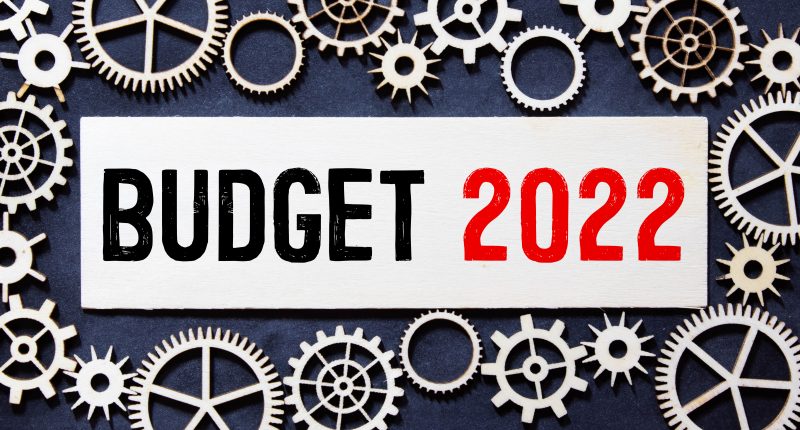Budget 2022: The process to make the Union Budget starts each year around August or September and is a tedious and time consuming one; different parts of the government work collectively to shape the document
Union Budget 2022-23: From issuance of circulars to printing, how the Budget is brought to life
File image of Finance Minister Nirmala Sitharaman arriving at Parliament to present the 2020-21 Union Budget. AFP
Rome wasn’t built in a day.
The same adage holds true for the Union Budget.
The Centre's annual financial statement takes several months to be prepared and different parts of the government work collectively to shape the document.
Please read: Union Budget 2022-23: Understanding the government's annual financial statement
For those who wonder how this document is shaped from its inception to its presentation in Parliament, here's a step-by-step guide:
Issuance of circulars and consultation meetings
While it is known that the finance minister presents the Budget in Parliament, the work to create the Budget is undertaken by the ministry of finance.
A budget division in the department of economic affairs under the Ministry of Finance starts the process of formulation of the next financial year’s Union Budget in the months of August–September every year.
It starts off with the budget division sending budget circulars containing skeleton forms and necessary guidelines to concerned ministries and departments around the last week of August or the first fortnight of September every year.
These circulars are further distributed among disbursing and field officers who are tasked to provide details about financial expenditures and receipts of their respective departments during the current and past financial year, and their financial requirements for the ensuing fiscal year.
Apart from providing their estimates, the ministries also give a detail of their revenues and expenditures in the past year.
The data provided by the officials are then scrutinised by top officials of their departments. After approval (or revision, if necessary), the data and estimates are sent to the concerned ministries where they are scrutinised again. After proper examination, finally, the data and estimates are sent to the finance ministry.
Union Budget 202223 From issuance of circulars to printing how the Budget is brought to life
Finance Minister Nirmala Sitharaman holds pre-Budget consultations with representatives of services sector including stakeholders from health, education, rural development and water and sanitation sectors on 18 December. Image Courtesy: @FinMin/Twitter
What follows next is extensive consultations and meetings between the ministries/departments with the finance ministry and the government planning body — NITI Aayog.
At the same time, the Department of Economic Affairs and the Department of Revenue meet with various stakeholders. These include — farmers, businessmen, Foreign Institutional Investors (FIIs), economists and civil society groups. The goal is to take in their opinion to prepare the Union Budget.
Please read: Budget 2022 must walk the talk on women and children’s health, not just pay lip service
After these meetings and going through the data provided by the various ministries, the finance ministry allocates revenues to various administrative ministries. The ministry also devises new public welfare schemes.
Before this is locked and finalised, all proposals are discussed with the prime minister. If approved, it is then frozen and ready for the next stage.
Budget printing
Union Budget 202223 From issuance of circulars to printing how the Budget is brought to life
Finance Minister Nirmala Sitharaman at the halwa ceremony, which is held before the printing of the Budget. Image Courtesy: Press Information Bureau
The next step is the printing of the Budget, which is marked by the customary 'Halwa Ceremony' at North Block in Delhi.
Why is halwa made and served to select officials? This practice is performed as a part of the Indian tradition of having something sweet before starting an important work.
As part of the ritual, the finance minister along with select officials prepare 'halwa' is prepared in a big 'kadhai' (large frying pot) and served to the entire staff in the finance ministry.
Interestingly, those people who are part of the halwa ceremony are then put in a ‘lock-in’ in the North Block for 10 days.
These senior officials such as joint secretaries and secretaries, the budget officials are not even allowed to contact their family or friends as the budget documents are guarded closely. Only after the finance minister presents the Budget in the Parliament, the officials are allowed to contact their family members. This is done to ensure complete privacy and prevent any leaks.
The documents are printed at a press located in the basement of North Block. Earlier, the printing would o take place in the Rashtrapati Bhawan but due to a leak in 1950, the printing of the Budget documents were shifted to Minto Road.
One must note that in 2021, there was no printing of the Budget in line with COVID-19 protocols. The Budget was instead distributed electronically to the Members of Parliament (MPs).
Presenting the budget
Union Budget 202223 From issuance of circulars to printing how the Budget is brought to life
Security is tightly maintained at Parliament on the day of the Budget presentation. AFP
The final step in all of this is the presentation of the Budget. The finance minister briefs the Union Cabinet through a 'summary for the Cabinet' just before presenting it in the Lok Sabha.
Finance minister presents the Budget in Lok Sabha. Until 2016, it was presented on the last day of February. But this changed in 2017 and the Budget is now presented on 1 February every year.
The Union Budget is then tabled in the Parliament after the conclusion of the finance minister’s speech.
